reviewed by Truman Perkins
Living and working in a place with air contaminants and improper ventilation causes suffocation and a syndrome called 'Sick building syndrome' which may cause dizziness, nausea, eyes, and nose irritation.
People spend most their time indoors, either at Homes or Work spaces. Thus, keeping a check on air quality is of high importance.
To eradicate such problems, installing indoor plants is the perfect decision. There are several plants available that keep pollution range in control, eliminate toxic elements from the house, and maintains proper ventilation.
Contents
In countries like India, which accounts for a quarter of the world's pollution rate, house plants are the best solution to preventing air quality crises. Just like a sponge, some air purifying indoor plants suck in all the toxins in their tissues and release them as harmless by-products.
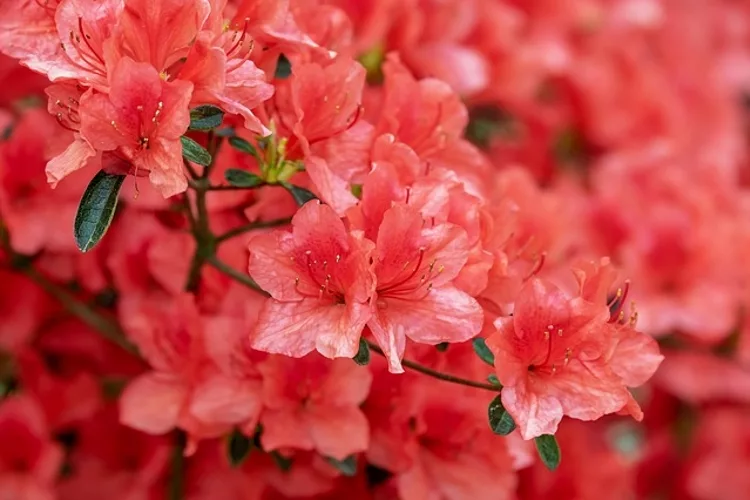
There are multiple benefits of having indoor plants in homes. These plants could help you get rid of airborne pollutants and many harmful microorganisms. A few health benefits are listed below-
We have written a detailed article on How Indoor Plants Absorbs Carbon-dioxide and Eats Pollution. Read it here.
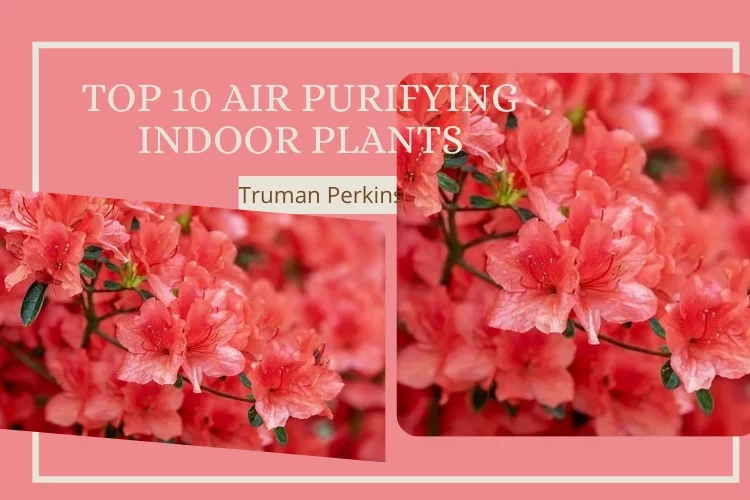
When you breathe, your body releases carbon dioxide and takes up oxygen. In this case, plants and humans share the same phenomenon. Adding plants to interior spaces can increase a person's oxygen levels. Some plants like Epiphytic Bromeliads have a different mechanism. They take in CO2 gas and release Oxygen.
Plants release nearly 97% of the water they take up. These plants are good humidifiers. They keep the surrounding moist and have air purification ability.
Volatile Organic Compounds (VOCs) are the harmful compounds that are present in our environment in a large amount. The air purifying plants trap these harmful elements by pulling them into the soil and make them as their source of survival.
The installation of plants to hospital rooms helps in speedy recovery of the patients. Similarly, when these plants are implanted in homes, they will have a direct effect on the health and induce right health conditions. Even at the workplace, keeping a small pot at the work-desk could be beneficial.
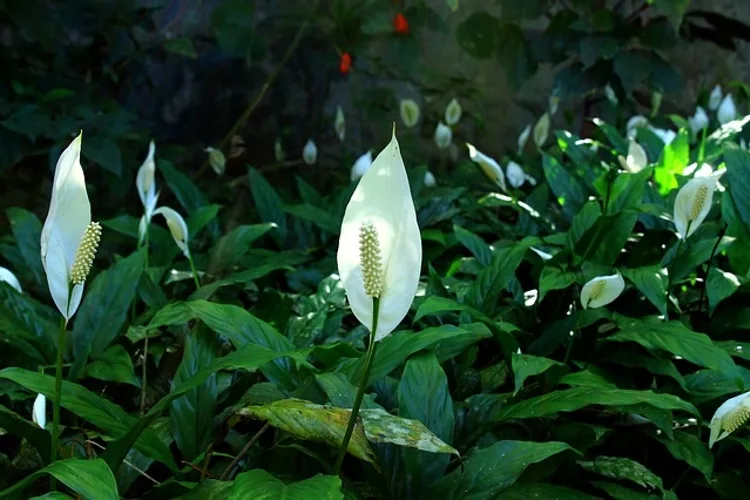
The Peace Lily is a beautiful plant that improves air quality to a large extent. In bathrooms, this plant helps keep shower tiles and curtains mildew-free. These plants give off the moisture present in the air and remove harmful pollutants.

Boston Fern is the most common one. The botanical name is Nephrolepis Biserrate. It is an excellent choice for large hanging baskets creating an interesting texture in a big landscape. Besides this, these plants are mosquito repellent, tolerates low temperature, have a pleasant smell, non- toxic, non-allergic plants. Most importantly, it humidifies the air.
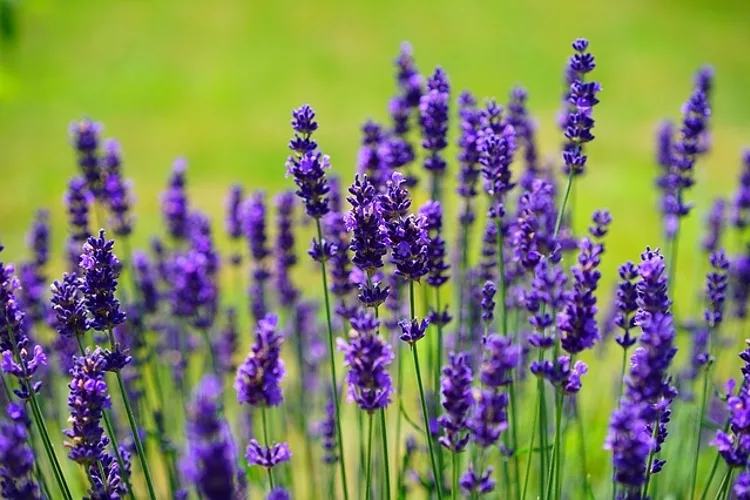
Lavender is a herb that grows beautiful flowers and leaves. Apart from its beauty, its benefits include insomnia alleviation, preventing depression and anxiety. It acts as a good humidifier and promotes better health conditions.
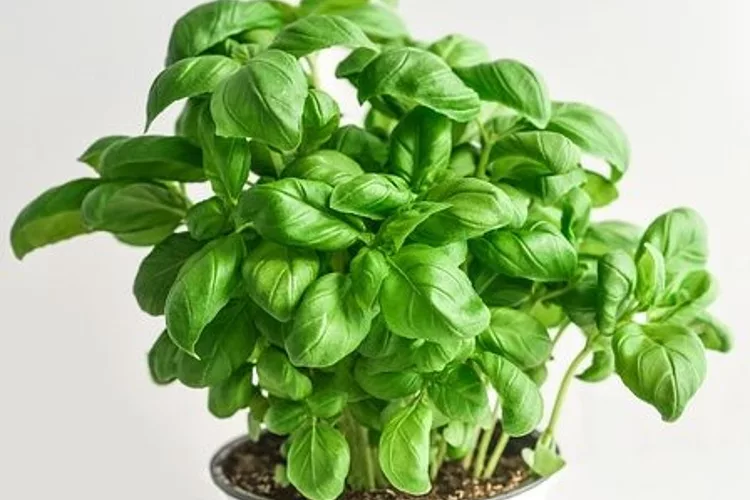
Traditionally known as Tulsi, it is the best air purifier plant that is seen in everyone's house, especially in India. The minty fragrance gives a refreshing effect. It enhances the proper circulation of oxygen and the release of Carbon-dioxide.
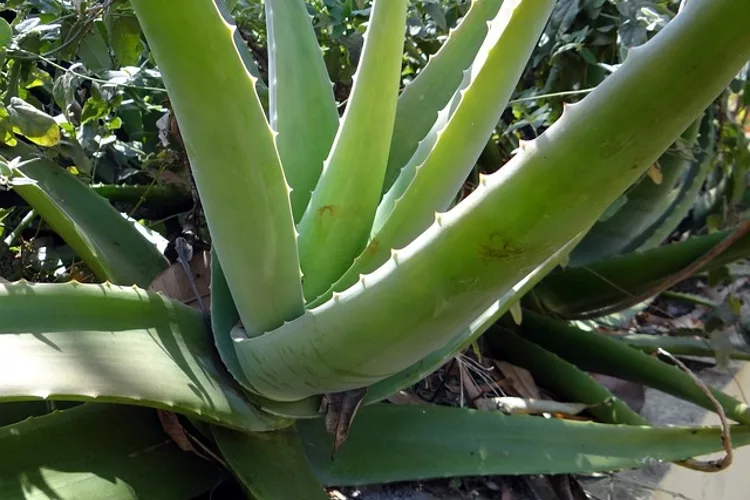
Aloe vera is another excellent air-purifying indoor plant that you can put in your homes. This plant improves indoor air quality and is said to be equivalent to 10 chemical air purifiers that absorb dust from the air and maintains the right amount of oxygen in the atmosphere.
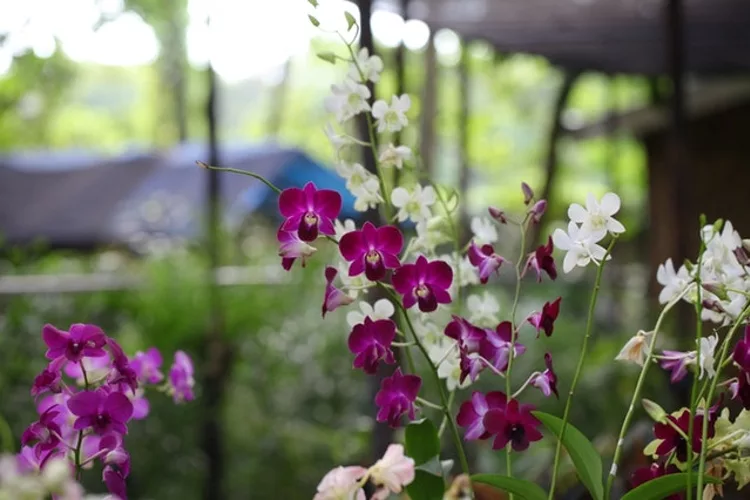
It has fibrous and fleshy roots and is commonly known as Orchids. The pink color of the flowers looks beautiful and could be used for home decor. It has a pleasing fragrance and captures toxic compounds from the surroundings.

This plant is commonly known as Flamingo Lily. Works wonderfully in moderate conditions. Anthurium's bright blooms and deep green leaves bring life to cramped rooms and can eradicate toxic chemicals and elements which are not visible but are present in the environment.
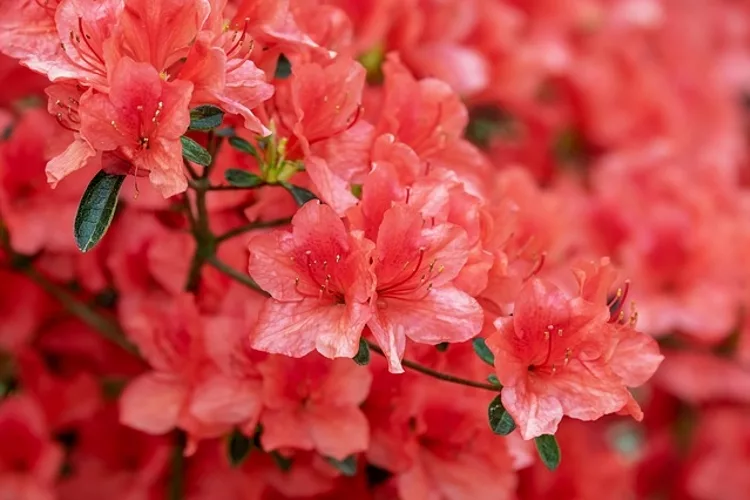
Bring this beautiful shrub into your home because Azaleas acts best in temperatures around 60 to 65 degrees. Air quality is better when this shrub is planted. Best fir for improving indoor air in the basement if you have a bright spot.

This is a beautiful English Ivy plant. It can also absorb formaldehyde from the furniture and other household materials. It also absorbs trace amounts of benzene which is present mostly in houses and offices. A great air purifier with mosquito repellent ability.

Dracaena is known for being the most effective indoor plant for air purification. It prevents the formation of trichloroethylene and carbon dioxide. It could be a perfect choice for indoor use. It helps in preventing various health conditions and provide a toxin-free environment.
House plants make a beautiful addition to any interior space. But while choosing any indoor plants, care must be taken about the condition and the factors in which they grow. Suitable light, temperature, and humidity should be provided to the plants to thrive well.
In this article, we have presented the top air-purifying plants. These plants should be placed in suitable places. If you take care of these things, you will get a fantastic outlook of the interior round of your home.
 |
 |
 |
 |

About Truman Perkins
Truman Perkins is a Detroit-based SEO consultant who's been in the business for over a decade. He got his start helping friends and clients get their websites off the ground, and he continues to do so today. In his free time, Truman enjoys learning and writing about gardening - something he believes is a natural stress reliever. He lives with his wife, Jenny, and their twins in Detroit.
 |
 |
 |
 |
Get new FREE Gifts. Or latest free growing e-books from our latest works.
Disable Ad block to reveal all the links. Once done, hit a button below
 |
 |
 |
 |